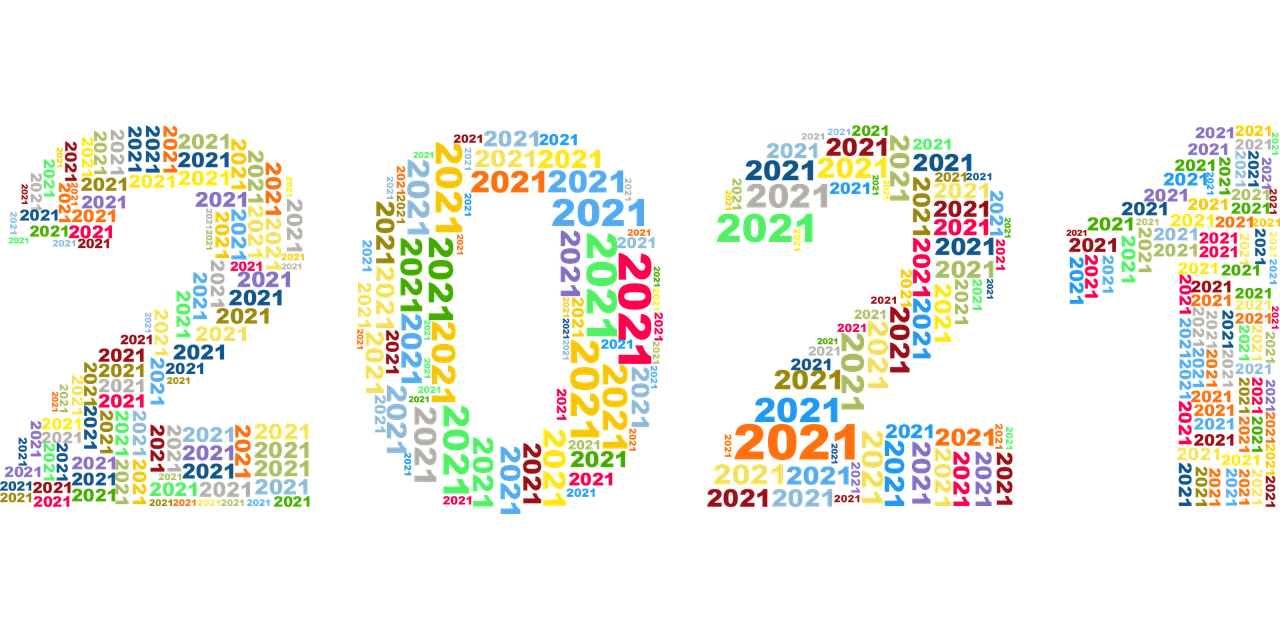Hopes for 2021
Published by: WCET | 2/12/2021
Tags: COVID-19, Disaster Planning/Recovery, Distance Education, Managing Digital Learning, WCET
Published by: WCET | 2/12/2021
Tags: COVID-19, Disaster Planning/Recovery, Distance Education, Managing Digital Learning, WCET
2020 sure was challenging, difficult, unique, interesting (?), and [insert other adjectives here].
As we said last week, we’re in a new year, but are, sadly, still facing similar issues as we were just a few months ago. But who knows, maybe 2021 will bring us some positives. We asked several of our friends and colleagues, who just happen to be outstanding experts focused on higher education and digital learning, for their predictions and hopes for the year. Last week we looked at the predictions and this week and this week we’re focusing on the hopes.
Our practitioners had several hopes for the year:
Thank you again to the WCET members and leadership who responded to our call for predications and/or hopes for this year.
Thank you,
Lindsey Downs, WCET
That higher education administrators, faculty, staff, and students address cultural and diversity responsiveness throughout all academic disciplines, curriculums, and most importantly, with others.
The pandemic has offered us an opportunity to make advances in creating equitable digital learning experiences for students. Over the last year we learned that by genuinely listening and amplifying student voices, we can better serve those students who have been disproportionately impacted by COVID and its long list of challenges – from digital access and job stability to personal, familial, and emotional struggles. The feedback we receive from students allows us to better support faculty and administrators by identifying and delivering the online curriculum and teaching strategies that help students succeed. My hope is that institutions and organizations will continue to amplify the voices of Black, Latinx, Indigenous, and poverty-affected students and allow their experiences to guide our work.
I hope that higher education uses the difficulties that we faced in 2020 as a driver for sustainable and committed actions focused on digital transformation at all levels within and across institutions, breaking down the arbitrary silos we’ve created between face-to-face, blended, and online education.
That we refocus higher education’s attention on improving learning.

2021 may not have started like we all hoped it would, but the first few weeks of this year underscore the importance of the work we’re doing to make the world more open and equitable. I hope we can all move through this coming year with grace and care—for ourselves and for each other—and that we continue steadily working for the dream that every student has equal opportunities for educational success.
Faculty will continue to use the skills and technologies from the remote learning experience this year in their courses in the future.
That students would be able to maximize their opportunities to transfer academic credits based on the merits of their academic achievements and evidence of student learning.
The annual WCET predictions and hopes for the new year blog is always one of my favorites. As the year draws to a close it’s fun to look back and see what the hits and misses were. I skipped the review for 2020 knowing that the most significant challenge to higher education struck without anyone anticipating it- major pandemic, its impacts, and long-lasting ripples. My hope for 2021 is that we all take the lessons learned, primarily that we in higher education can respond more dynamically than we ever imagined, and use the opportunity to create a truly impactful and valuable 21st Century education. High-quality digital learning provides access and effective teaching in learning in remarkable ways. The key is improving digital learning through sharing experiences and effective practices. I look forward to seeing continued collaboration and sharing through WCET in 2021.
I hope that institutions can recover students that have been lost to higher education in 2020 and holistically support them from access to completion, especially those that have been disproportionately impacted by the pandemic.
From our focus with the WCET| State Authorization Network (SAN) on out-of-state activities of institutions, my one hope is to close the information disconnect between state professional licensing boards and postsecondary institutions. Not only must institutions obtain any required program approvals by the state licensing boards where students are located, new Federal regulations require institutions to provide professional licensure notifications about the institution’s curriculum meeting state educational requirements in each state nationwide. The new regulations address an important purpose to serve future professionals to pursue training for their chosen career. However, the research of state requirements is difficult, and time consuming for the institutions to complete and periodically review the requirements.
This information disconnect can be closed by each leg of the higher education’s regulatory triad taking some responsibility.
With this mobile society and continuous development of digital learning opportunities, that are often offered to students across state lines, it is no longer sufficient for institutions to be singularly focused on state licensing requirements where the institution is located. Clarity and access to state educational requirements for licensing is vastly important for our future professionals.
My hope is that the heroic migration to remote learning last year will result in a universal expectation that a senior leader is required to manage online learning at the enterprise level. Much like the rise of CIOs in the nineties and early 2000s, the chief online learning officer (COLO) must be understood as a key strategic driver whose presence at the highest levels of campus decision-making is now a given, and whose key attributes are nimbleness and an entrepreneurial spirit.
That postsecondary education will move away from using the eugenics-inspired credit hour (equal time to learn) as a comparative measure of learning to rank and sort student by ‘smartness’ and move towards equitable, competency-based models, that build mastery for all students.

I have many hopes and dreams for higher education in 2021 and beyond; however, one is more thoughtful attention, resources, and strategies to leverage technology and digital delivery for our learners who may be technology-insecure, not yet digital-literate, or for whom an on-campus experience is not a goal, option, or desire, to obtain ongoing access to higher education and to benefit from those competencies and experiences in a rapidly changing economy and to advance a more perfect democracy.
I hope there will be re-investment in higher education to lessen the tuition burden for students.
My hope is that states, higher education institutions, and systems will sustain the cooperation and collaboration created in response to the pandemic and channel that spirit of cooperation to close the equity and access gaps.
Over the last year, many people were forced to step out of their comfort zones and rethink some of their previously held assumptions. Students and faculty all experienced digital learning in some form or another and perhaps some who thought it would be terrible, thrived, and others who expected greatness, were disappointed – many were somewhere in between. Similarly, some who thought working remotely was impossible realized more could be accomplished than they thought, and others who thought they would be just as productive at home, realized they truly valued their experiences on campus or in the office. My hope in the future is that we will all be more willing to break out of our comfort zones and be open to thinking and acting creatively so that we can accomplish more than we ever thought possible!
Inequalities of student access to digital learning technologies was brought into stark relief during the pandemic. We are already seeing some states addressing internet access for all. My hope is that we will see an infrastructure imperative on par with the vision that led to a transcontinental railroad and the interstate highway system.
What are your hopes and predictions for 2021? Let us know here in the comments below or tweet them to us at @wcet_info.
Here at WCET we hope that we can help you achieve those hopes you have for the year. Learn more about getting involved with WCET.
Lindsey
1 reply on “Hopes for 2021”
In 2021, I hope to see serious, continuing conversations on the inequities we know exist in higher education, along with a simultaneous coming together to direct our collective energy toward their eradication. More narrowly, yet in the same vein, I hope 2021 will be the year in which we acknowledge the insidious systemic bias in higher education models that (1) allow students to access learning only at certain times and places and (2) reward the fastest learners, pass the average, and punish the rest.